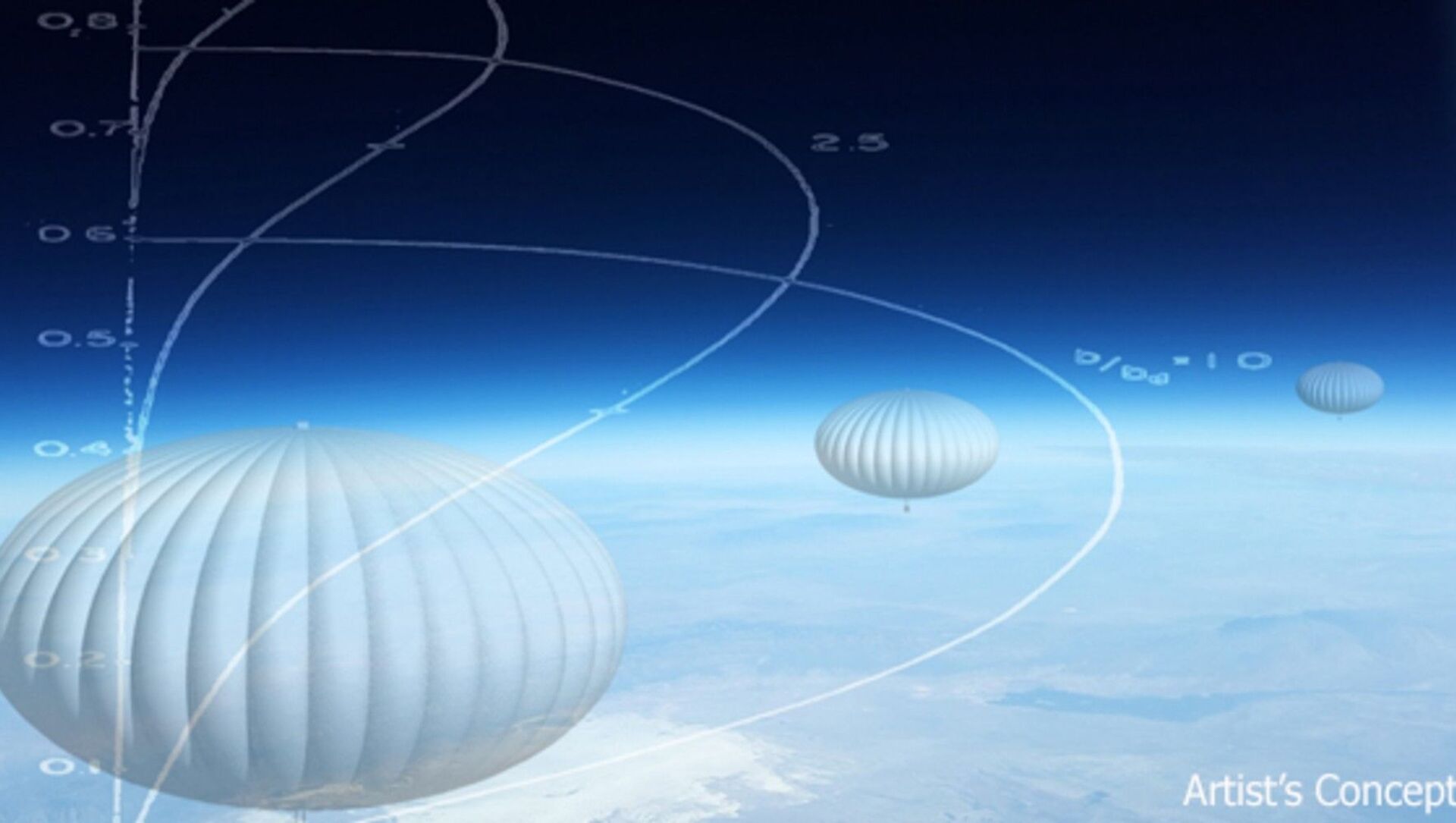https://sputnikglobe.com/20210819/us-army-looking-to-procure-high-altitude-jammer-ahead-of-upcoming-exercises--1083655395.html
US Army Looking to Procure High-Altitude Jammer Ahead of Upcoming Exercises
US Army Looking to Procure High-Altitude Jammer Ahead of Upcoming Exercises
Sputnik International
Last year, the US Army established a new integration directorate aligned under three offices within the Program Executive Office for Intelligence, Electronic... 19.08.2021, Sputnik International
2021-08-19T00:59+0000
2021-08-19T00:59+0000
2021-08-19T00:59+0000
newsfeed
us
world
electronic jammer
jammer technology
military & intelligence
us army
https://cdn1.img.sputnikglobe.com/img/07e5/08/13/1083655576_161:0:1930:1000_1920x0_80_0_0_1cb5e385e7dd7215bd263d4a0e93f12a.jpg
Speaking to attendees of the TechNet Augusta conference in Augusta, Georgia, on Tuesday, US Army Col. Daniel Holland revealed that the service is looking to develop a high-altitude cyber, intelligence and electronic warfare sensor that is capable of providing data to allies. "The idea is blanketing the deep area with low-cost [attributable] sensors to enable deep sensing and deep effects," said Holland, as reported by C4ISRNet."Essentially our question is can we get the payload light enough to fly on this penetrating, high-altitude, attributable platform, get close enough to place our effects on target, likely with a special purpose electronic attack or [radio-frequency]-enabled cyber." HELEIOS will likely take form as a sensor mounted on a solar glide vehicle or balloon. According to the Army's timeline, the service will begin experimenting with the system during Project Convergence 2022 and a technology demonstration slated to take place in the Indo-Pacific during Fiscal Year 2022.
Sputnik International
feedback@sputniknews.com
+74956456601
MIA „Rosiya Segodnya“
2021
News
en_EN
Sputnik International
feedback@sputniknews.com
+74956456601
MIA „Rosiya Segodnya“
Sputnik International
feedback@sputniknews.com
+74956456601
MIA „Rosiya Segodnya“
newsfeed, us, electronic jammer, jammer technology, military & intelligence, us army
newsfeed, us, electronic jammer, jammer technology, military & intelligence, us army
US Army Looking to Procure High-Altitude Jammer Ahead of Upcoming Exercises
Last year, the US Army established a new integration directorate aligned under three offices within the Program Executive Office for Intelligence, Electronic Warfare and Sensors. The directorate, in part, determines what new systems, like the Multi-Domain Sensing System (MDSS), can be used to transmit data from sensors and nodes to the battlefield.
Speaking to attendees of the TechNet Augusta conference in Augusta, Georgia, on Tuesday, US Army Col. Daniel Holland revealed that the service is looking to develop a high-altitude cyber, intelligence and electronic warfare sensor that is capable of providing data to allies.
Holland, who serves as the Army's capability manager for electronic warfare, also expressed that the sensor should be able to jam or disrupt enemy signals.
"The idea is blanketing the deep area with low-cost [attributable] sensors to enable deep sensing and deep effects," said Holland,
as reported by C4ISRNet.
"Essentially our question is can we get the payload light enough to fly on this penetrating, high-altitude, attributable platform, get close enough to place our effects on target, likely with a special purpose electronic attack or [radio-frequency]-enabled cyber."
Holland added that the system, dubbed the High-Altitude Extended-Range Long Endurance Intelligence Observation System (HELEIOS), comes as part of the MDSS family, and is designed to operate around 60,000 feet (18288 meters) or higher.
HELEIOS will likely take form as a sensor mounted on a solar glide vehicle or balloon.
According to the Army's timeline, the service will begin experimenting with the system during
Project Convergence 2022 and a technology demonstration slated to take place in the Indo-Pacific during Fiscal Year 2022.




